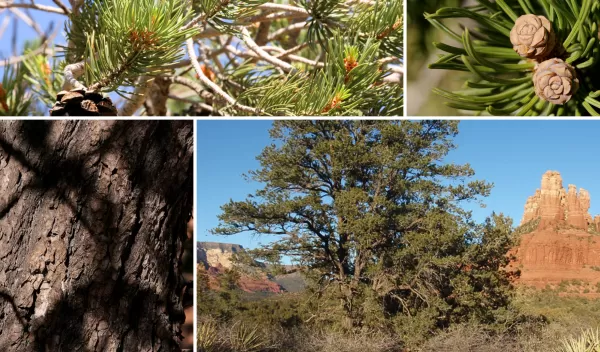
Widely used climate theory doesn't 'ring' true, according to new tree data
New data on over 1,500 trees across nearly 1,000 sites shows that an existing theory of how individuals within a species will respond to a changing climate might not be true.
The data, in the form of tree rings from an aridland pine, contradicts the assumptions underlying climate envelope forecasting, which uses the set of climate conditions or "envelope" under which a species can live to predict how it will respond to climate change. When looking at temperature, individuals of a species in the coolest area — known as the "leading edge" — are forecasted to benefit from warming while those in the warmer area or "trailing edge" will suffer. If this is true, species' geographic distributions can track changing climate.
When examining the tree ring data, U.S. National Science Foundation-supported research —conducted by Margaret Evans and her team at the University of Arizona — found that the trailing edge encompasses the entire geographic distribution of common piñon, a tree endemic to the Colorado Plateau. Instead of half the distribution benefiting from warming, all trees at all sampled locations suffer with warming. Without evolutionary change of individual-scale climate tolerances, common piñon faces a risk of extinction as the climate warms.
Evans shares co-first authorship on the paper with a former postdoctoral researcher in her lab, Kelly Heilman, and Sharmila Dey, who first came to the lab as a high school volunteer and is now an undergraduate at Harvard University. Evans notes the importance of NSF funding in helping to fund Dey's time gaining research experience in the lab.
